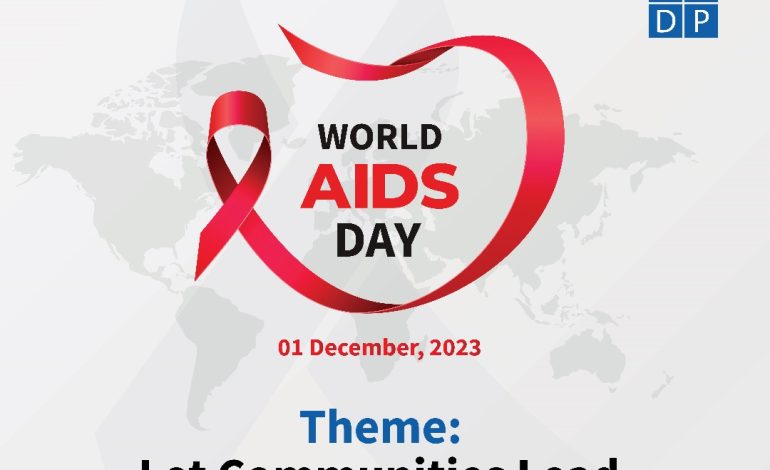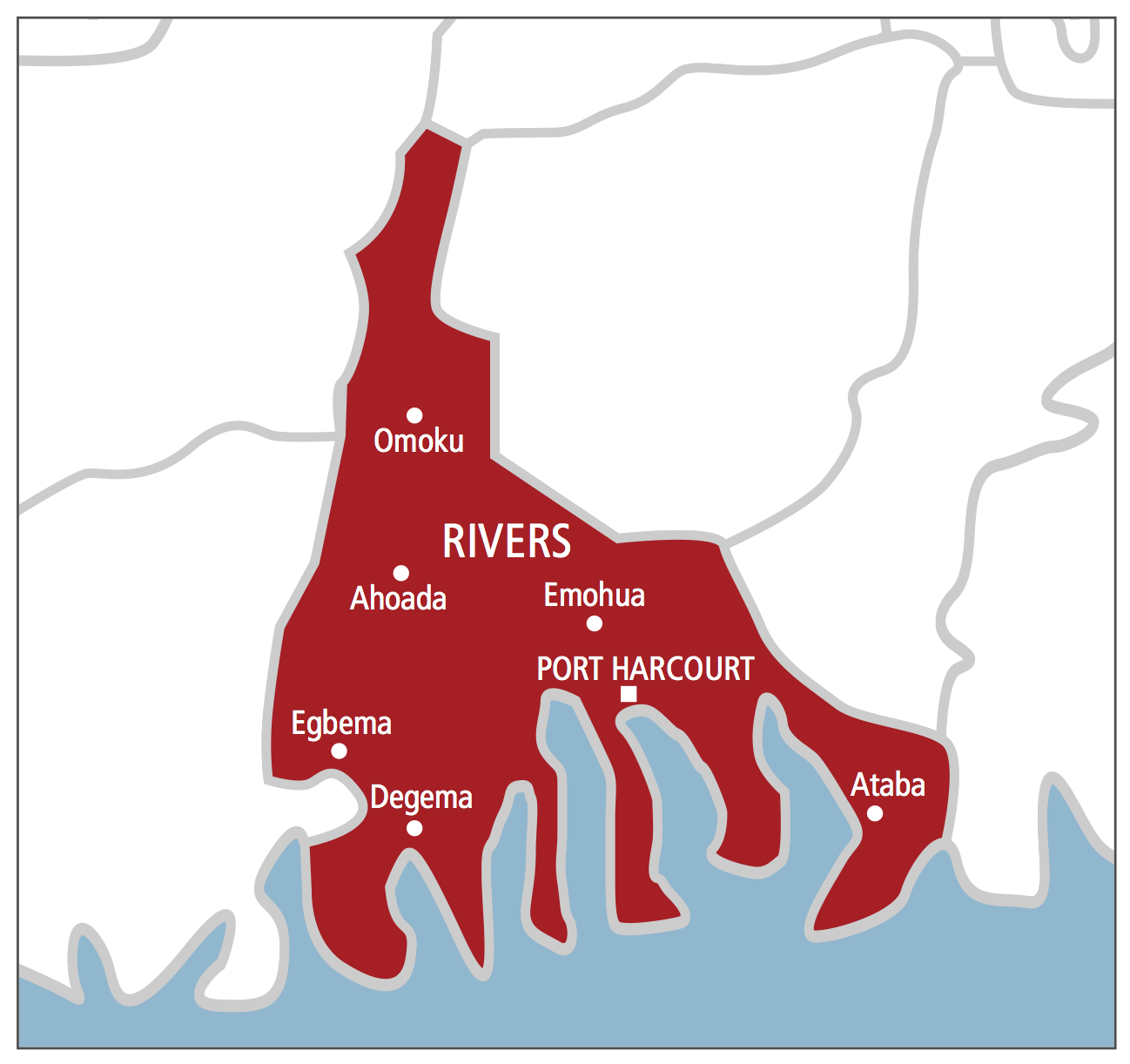UN Commemorates 2023 World Aids Day


Scores of countries have joined the United Nations to commemorate 2023 World Aids Day.
World AIDS Day, observed annually on December 1st, holds a significant place in the global health calendar. The day serves as a poignant reminder of the ongoing battle against HIV/AIDS and is dedicated to raising awareness, commemorating those who have lost their lives to the disease, and supporting individuals living with HIV.
The history of World AIDS Day dates back to 1988 when it was first conceived by the World Health Organization (WHO). The aim was to unite people worldwide in the fight against HIV, show support for those affected, and encourage efforts to prevent new infections. December 1st was chosen as the date to amplify the significance of the day and foster a sense of global solidarity in addressing the HIV/AIDS pandemic.
One of the primary aims of World AIDS Day is to break the stigma surrounding HIV/AIDS. Through education and awareness initiatives, the day strives to dispel misconceptions and promote understanding, encouraging open conversations about prevention, treatment, and support for those living with the virus.
Moreover, it serves as a platform for advocating for increased funding, research, and comprehensive healthcare strategies to combat the spread of HIV and improve the quality of life for affected individuals.
Another key goal is to mobilize communities, governments, and organizations worldwide to actively engage in the fight against HIV/AIDS. This includes promoting safe practices, encouraging regular testing, and supporting access to treatment and care. The red ribbon, an iconic symbol associated with World AIDS Day, represents solidarity and support for people living with HIV, as well as a tribute to those who have lost their lives to AIDS-related illnesses.
World AIDS Day has evolved into a vital global health observance with a rich history rooted in the collective efforts to combat HIV/AIDS. Its aims encompass raising awareness, fostering understanding, breaking stigma, and mobilizing communities to contribute to the ongoing battle against the pandemic. The day serves as a powerful reminder that, united, the world can make significant strides in the prevention, treatment, and eventual eradication of HIV/AIDS.
World AIDS Day 2023, under the theme, “Let communities lead”, is an opportunity to reflect on the progress made to date, to raise awareness about the challenges that remain to achieve the goals of ending AIDS by 2030 and to mobilize all stakeholders to jointly redouble efforts to ensure the success of the HIV response.
In a statement to commemorate the day by the UN Secretary General, Antonio Guterres, he said, “World AIDS Day arrives at a defining moment. AIDS-related deaths have fallen by almost 70 per cent since their peak in 2004, and new HIV infections are at the lowest point since the 1980s.
“But AIDS still takes a life every minute. We can — and must — end AIDS as a public health threat by 2030. Reaching this goal means heeding this year’s theme: Let Communities Lead. The path to ending AIDS runs through communities.
“From connecting people to the treatment, services and support they need — to the grassroots activism pushing for action so all people can realize their right to health. Supporting those on the frontlines of the battle against AIDS is how we win.
“That means placing community leadership at the centre of HIV plans, programmes, budgets and monitoring efforts. We must also remove barriers to community leadership, and ensure space for local civil society groups to take forward their vital work. Above all, we need funding.
“The AIDS response in low and middle-income countries needs over 8 billion dollars more per year to be fully funded. This must include scaled-up funding for local programmes led by people living with HIV, and prevention initiatives led by communities. AIDS is beatable. Let’s finish the job by supporting communities to end this scourge in their neighbourhoods, their countries and around the world.”


Sodiq Lawal is a passionate and dedicated journalist with a knack for uncovering captivating stories in the bustling metropolis of Osun State and Nigeria at large. He has a versatile reporting style, covering a wide range of topics, from politics , campus, and social issues to arts and culture, seeking impact in all facets of the society.










